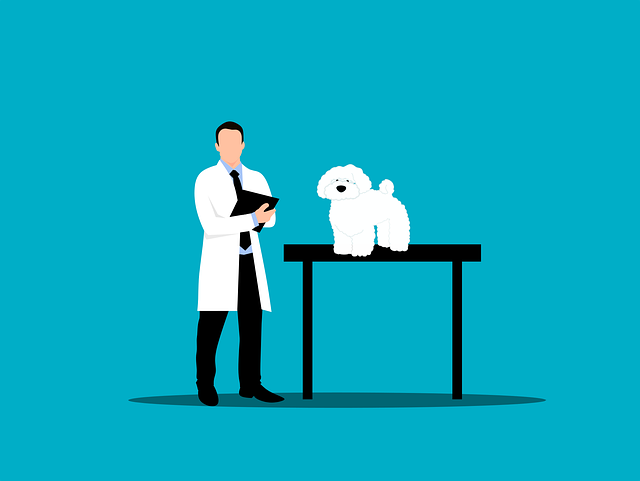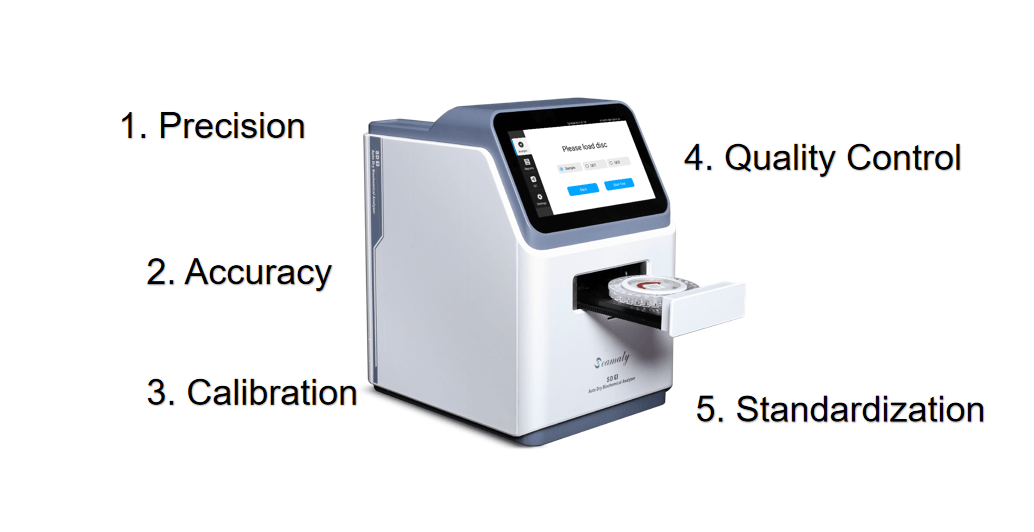Anyone who has worked in a
veterinary hospital will agree that dogs bark a lot! Whether your hospital has a large area dedicated to boarding or just a few cages that can include surgeries and hospital cases, every pet hospital/clinic is sure to have a very noisy piece of the floor.
Any time a dog barks in an enclosed space, especially when surrounded by concrete, stainless steel and other walls that don't absorb sound well, imagine the noise.
Can this dog noise damage hearing?
According to OSHA guidelines, employees with average noise levels of 85 decibels or more during working hours should be protected by a hearing protection program. These employees need ear plugs or other ear protection to prevent hearing damage.
As the intensity of sound increases, the duration of time you can safely be exposed to these sounds decreases. In addition, the relationship between sound level (measured in decibels) and safe duration is not linear. Although a person can be safely exposed to 85 decibels for up to 8 hours. However, for every 3 decibels above 85 decibels, the safe listening time for the human ear is reduced by half. That is, the safe exposure time is 4 hours at 88 decibels, 2 hours at 91 decibels, 1 hour at 94 decibels, and only 30 minutes at 97 decibels.

So how noisy is the average kennel environment? One study looked at this question from an animal welfare perspective (rather than a human voice hearing safety perspective). The study looked at noise levels in animal shelters and training facilities. The researchers found that while the average sound levels over a 24-hour period typically ranged from 65-100 decibels. But during daylight hours (when the building was occupied and more dogs were awake and moving around) the sound often exceeded 100 decibels and even reached 125 decibels!
Obviously, in animal hospital kennel areas (especially where boarding services are provided), the dogs bark enough to cause possible hearing damage. Therefore it is important to take steps to protect your hearing when working in noisy kennel areas.
Ways to protect your hearing
There may be limits to the changes you can make as an individual employee to protect your hearing. But it is important to do what you can and to discuss possible solutions with your boss.
1. Wear hearing protection
If you are required to work in noisy kennel areas on a regular basis, use hearing protection. There are a variety of options, from ear plugs to noise-canceling headphones and more. Discuss with management and co-workers why you need to wear protection in these areas and try to brainstorm ideas.
2. Brainstorm ways to make kennel/cage dogs quieter
Dogs are more likely to bark when they are stressed. When placing dogs in the kennel area of the clinic, consider separating them so they can't see each other. Place noisy dogs at the end of the aisle so that you don't pass them multiple times a day. Consider using pheromones, classical music and other calming measures to reduce the dog's stress. Any stress-reducing measures you can do are likely to reduce the dog's barking.
3. Discuss other measures with the clinic owner or manager
It is unlikely that a hospital will overhaul its kennel simply to reduce the noise. But if possible, this is the ideal solution. Having multiple small rooms, each with adequate soundproofing, is much quieter than a single large open kennel. In turn, low-tech solutions can be considered. Most materials used in kennels are waterproof, which means they do not absorb sound as effectively. Perhaps management would like to invest in soundproof panels (hung from high ceilings) or acoustic panels (hung on the walls) to help absorb sound. If this is not possible, consider adding curtains, blankets, carpets and other fabrics to absorb sound. Even these low-tech solutions can help reduce noise levels in the kennel.
It's easy to think that hearing loss only happens to other people, but the reality is that daily exposure to noise at work can have long-term effects on people. If you start looking for a job in clinical veterinary medicine, you may want to pay attention to the noise levels in various hospitals and watch out for those that are noisy. If you find yourself working in a particularly noisy environment, take proactive steps to protect your hearing while reducing the noise level in the hospital.



